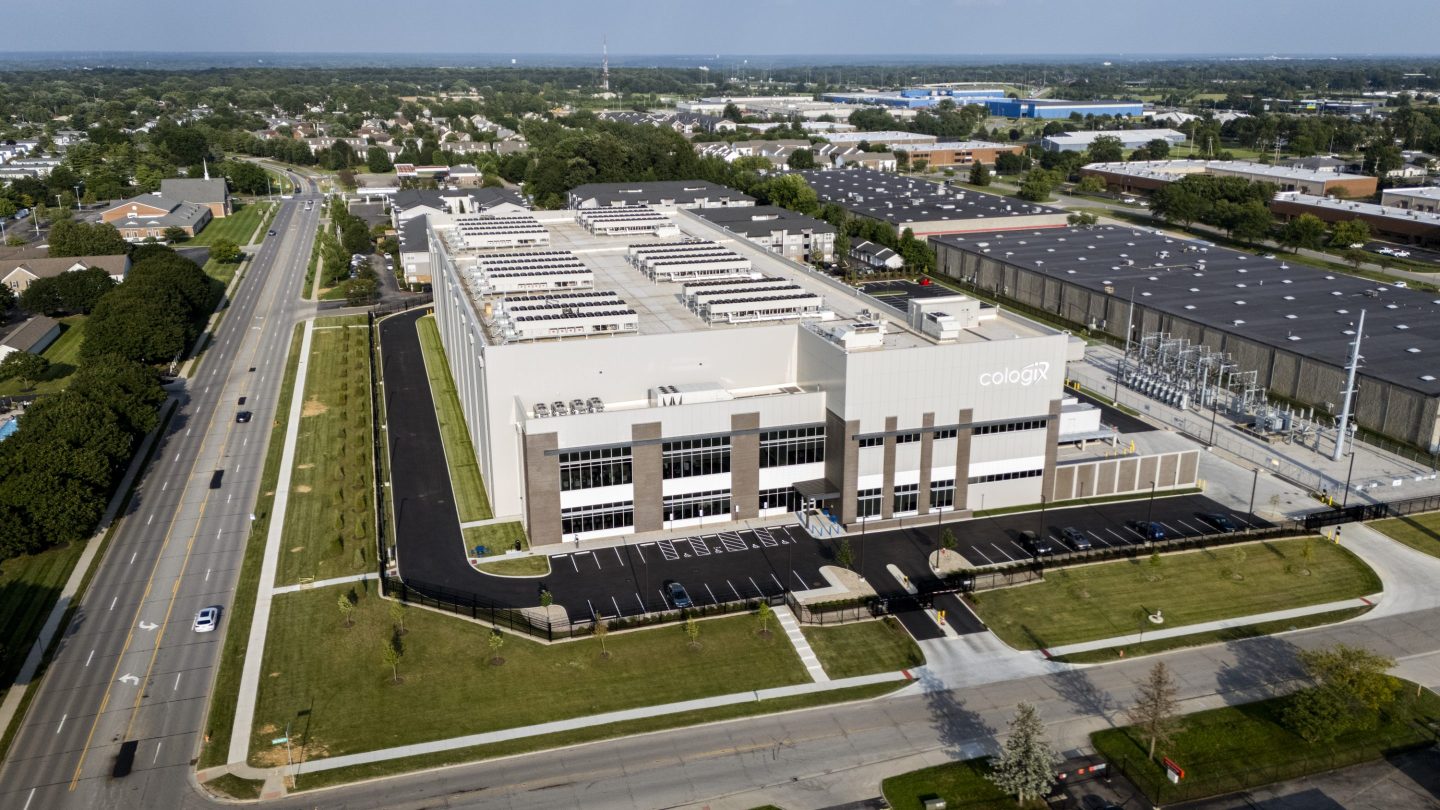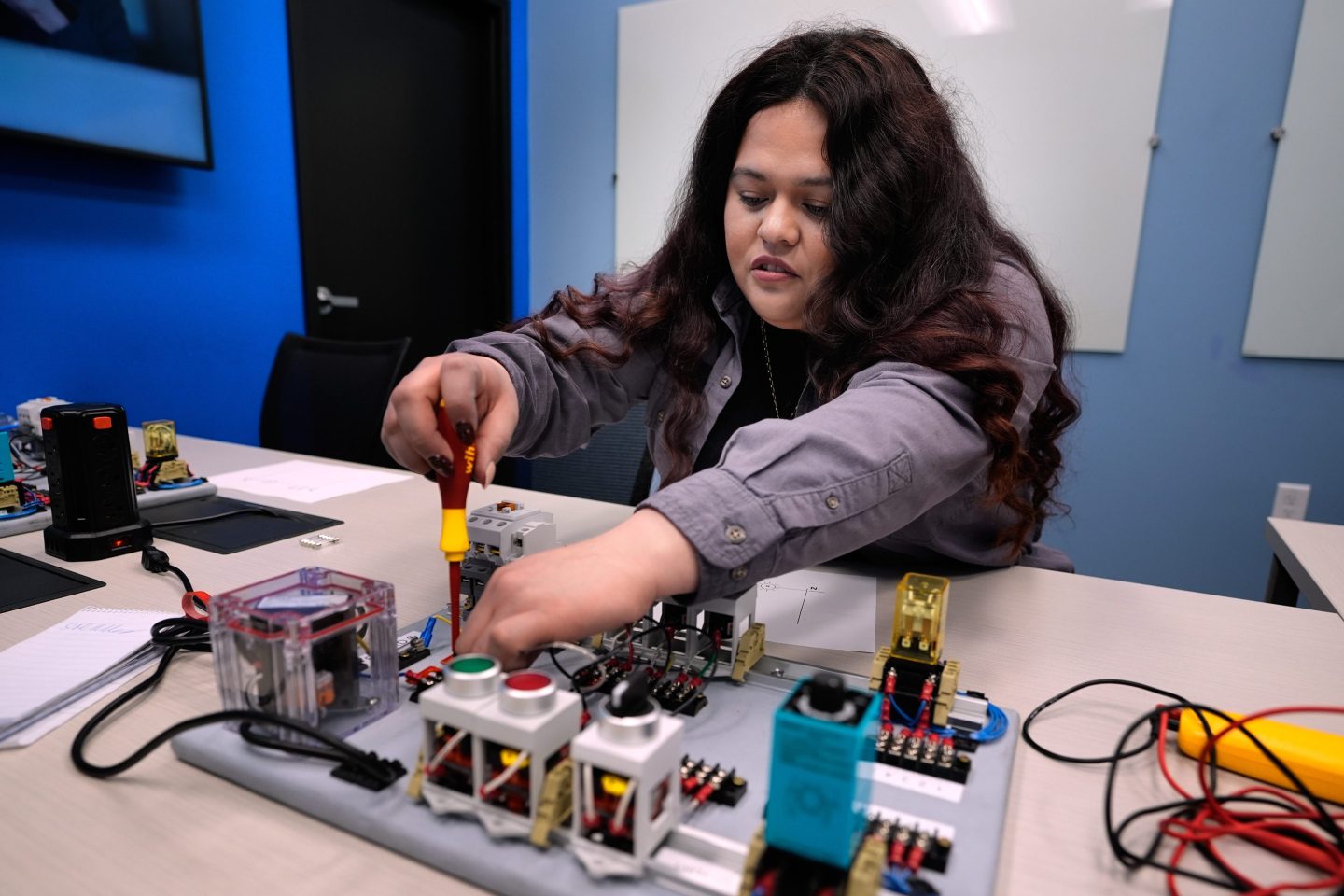Over the nearly three years since ChatGPT’s launch in November 2022, generative AI has created a frenzy that has radiated like the midday summer sun—hot and unrelenting.
And for the AI companies rocketing forth like heat-seeking missiles, including OpenAI, Anthropic, Google, Microsoft, Meta, and xAI, the sun is still shining: The research firm Gartner forecasts worldwide AI spending will reach nearly $1.5 trillion in 2025 and surpass $2 trillion in 2026, fueled by integration into smartphones, PCs, and enterprise infrastructure. Elon Musk and other AI leaders continue to insist that artificial general intelligence (AGI)—an AI that can think and learn like a human, across many tasks—is on the horizon.
But on the ground, the temperature is dropping, and it’s starting to feel like sweater weather. Among customers and in financial markets, skepticism is rising as some question whether the massive investment in AI will ever be justified by revenues. Startup funding is under sharper scrutiny for small and midsize firms; enterprise projects are stuck in “pilot purgatory”; corporate buyers are questioning return on investment for AI expenditures; and the rising cost of computing power has become a wall many would-be competitors can’t climb.
We don’t yet know whether this chill will eventually turn into an “AI winter,” the industry term for the stage in past AI hype cycles when enthusiasm waned and investment dried up. As my colleague Jeremy Kahn has noted, AI winters have often followed a familiar arc: promising advances that failed to deliver, leaving those footing the bill disillusioned. Sometimes the trigger was academic research exposing the limits of certain techniques. Sometimes it was the failure of real-world adoption. Most often, it was both.

“There are certainly a few autumnal signs, a falling leaf carried on the breeze here and there, if past AI winters are any guide,” Kahn recently wrote. Only time will tell whether this is “the prelude to another arctic bomb that will freeze AI investment for a generation, or merely a momentary cold snap before the sun appears again.”
The latter scenario may not be such a bad thing. Rowan Curran, a principal analyst at Forrester Research, told Fortune he sees a necessary reset underway. “Our thermometer was broken before,” he said. “Now we’re finally getting the correct temperature.”
Curran emphasized that enterprise clients are not pulling back from AI. Instead, they are recalibrating in the face of overhyped promises. Agentic AI, for example, has been marketed as if all organizations need to roll out universal AI agents to every employee overnight. “Now companies are saying, ‘We don’t necessarily need a generalized agent for everyone tomorrow,’” he explained. “‘We need to think more carefully about our data structures and the quality of our content, so we can take a more deliberate approach.’”
The high-flying dreams of fully realized AGI by 2027 are clearly being tamped down. But that doesn’t mean the commitment to AI is fading. What Curran sees instead is a gap between leadership expectations and practical outcomes. Too often, he said, executives set mandates disconnected from specific business goals, like, “Every employee must use generative AI twice a day.
“That’s when disappointment creeps in,” he said— not because AI is failing outright, but because the expectations were never tied to realistic applications in the first place.
Bill Briggs, chief technology officer of Deloitte, also acknowledges a vibe shift around AI, but he says we’re not facing a dire moment like the late 1990s in tech. “It’s certainly at an inflection point, but I don’t see this being a repeat of the dotcom bust,” he said. AI is still driving transformation, he explained, and new business models are just getting started.
Overall, he said, AI is becoming less of a rising star and more of an ambient operator that will quietly influence how organizations think about every process, product, and decision. “AI is poised to evolve much like electricity—invisible in our daily lives but powering everything,” he said.
Not everyone agrees that the temperature is falling. Steve Hall, partner and president of ISG and chief AI officer at the global technology research and advisory firm, insisted that an AI winter is a remote possibility.
“This is early spring,” he said. “Gen AI is less than three years old, and agentic AI is only 15 months old. The hype cycle is through the roof, but in many cases the bulbs and flowers are just beginning to appear.”
“It’s certainly at an inflection point, but I don’t see this being a repeat of the dotcom bust.”
Bill Briggs, Chief Technology Officer, Deloitte
Hall argued that much of the investment so far has been concentrated in chips and at hyperscalers, the massive tech and cloud-computing companies that have spent the past three years building the infrastructure to support their AI projects. Software-as-a-service providers, meanwhile, used 2024 to “agentify” their applications and add intelligence to business processes.
What skeptics call evidence of stalled adoption, Hall frames as the natural experimentation phase. “We see these pilots not as failures to scale, but as the necessary testing and validation that happens before committing valuable resources. It’s exactly how companies should respond to such an exciting technology,” he said.
Overall, this AI chill may pass, or it may deepen. Either way, history shows that hype alone never keeps the heat on.
For executives trying to cut through the noise, the question isn’t what season we’re in—it’s how to steer AI investments wisely. Experts point to four strategies to weather the chill:
Anchor AI in a strategy
Rowan Curran of Forrester Research cautions that chasing quick wins—like shaving a few seconds off call-center times or blasting out more sales emails—rarely delivers lasting value. “If those efforts aren’t connected to real efficiency, effectiveness, or transformation goals, they’re likely to end in failure,” he said. The companies seeing success are the ones connecting AI pilots directly to measurable outcomes.
Speak the language of business
Bill Briggs of Deloitte said the leaders who secure funding for new AI capabilities aren’t just talking tech—they’re framing AI as a driver of growth. “Your CEO needs to see you as a business partner who happens to know technology, rather than a tech expert who occasionally talks business,” he told Fortune. That means connecting AI initiatives to outcomes that make executives lean forward in their chairs: new markets, happier customers, streamlined operations, and durable competitive advantage.
Build on the ecosystem
With hyperscalers, chipmakers, and software-as-a-service providers laying the foundation, Steve Hall of ISG argued that enterprises should plug into the broader AI ecosystem instead of trying to build everything in-house. “This is not something you want to go at alone,” he said.
Balance big ambition with practical ingenuity
“My advice to tech leaders is to lead with curiosity and optimism but keep one hand on the wheel of pragmatism,” said Briggs. “The landscape is shifting fast. The goal isn’t simply AI adoption but building AI into the very architecture of your operations.”
This article appears in the October/November 2025 issue of Fortune with the headline “We’re not in an ‘ai winter’—but here’s how to survive a cold snap”













